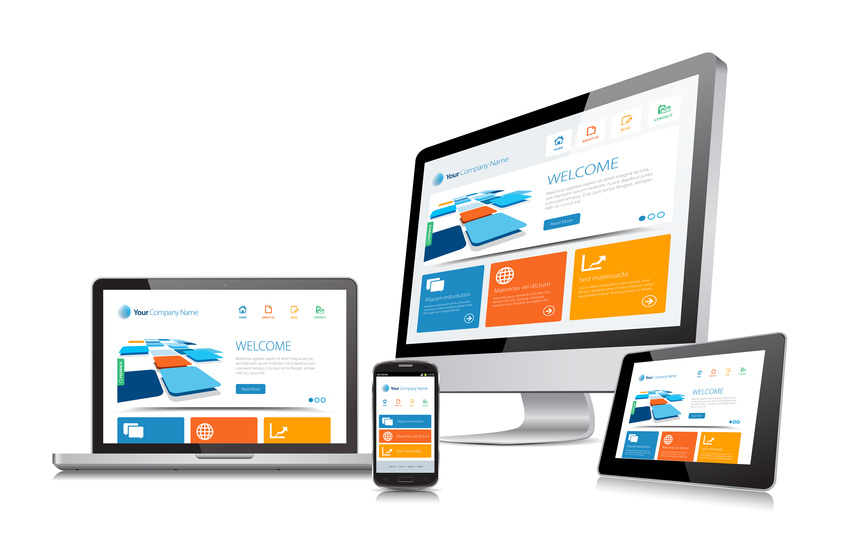It’s not always easy to understand what makes a website design good and another bad. When you’re doing website optimization on an older site, you might find that it’s easier to get the help of a professional web design service, because, well, it is.
However, that doesn’t mean you still can’t make small improvements to the overall design and user experience of your business’s website. Here are just a few tips you can use to improve your site.
- Remember that white space is important
Stuffing too much content onto a page makes it cluttered and difficult to read. Leaving blank space not only makes the content easier for visitors to digest, but also highlights important headlines and sections of content. - Turn off background music, and keep videos from playing automatically
There’s nothing more terrifying than opening a new page and realizing that a) your volume is set at 100%, and b) that the page has a loud video which plays automatically. Users don’t want to be distracted by background music, and they don’t want to be scared by obtrusive videos. - Pick a WordPress theme that is optimized for mobile devices
Most newer WordPress themes are already optimized for use on smartphones and tablets. However, you know what they say about assuming. If your site isn’t optimized for mobile users, you’re going to have a problem. At least half of all mobile phone users in the U.S. have a smartphone and access the internet regularly, and 10% of all Internet traffic comes from mobile devices. At least six out of 10 mobile device users will actually just abandon a website if it’s not mobile-optimized and just go to a competitor’s site. - Make sure that your hyperlinks stand out
Furthermore, make sure that the color of your links changes once the reader has visited that page. A good rule of thumb is to keep your hyperlinks blue and to allow these links to change to purple after being visited. This gets a bit more complicated if you’re using a theme that doesn’t include a white background and black lettering, but it’s still doable. - Fill out all of the page tags
This applies to title tags, alt text tags, and meta data tags. Search engines use these tags to determine what topic each page is about, and then based on this information, relevant pages will be ordered in a search results list. If you’re leaving these page tags blank, you’re hurting your own search engine optimization (SEO) without even realizing it. - Scan your website and remove any broken links
These links will lead to pages that have a “404 Error” message. If you’ve deleted the page, delete any links which lead to the page; if you’ve moved the page to a new URL, update the address in any pertinent links. Not only do search engines dislike websites rife with 404 pages, but your site visitors will get frustrated when they can’t find information.
Mastering the art of website development isn’t something that can be done overnight, but these quick website design tips will definitely help your website!




